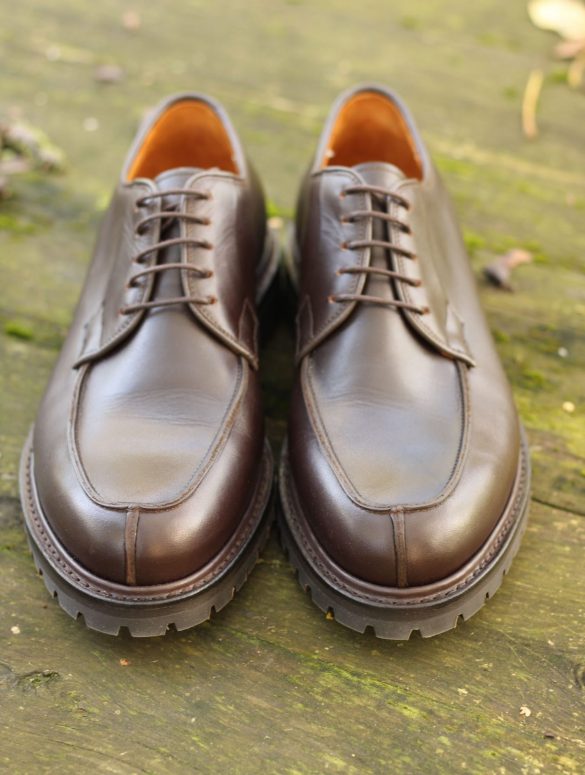I first became aware of László Budapest a few years ago at the New Heritage trade fair in Munich. I tried on several models at their stand. I liked the Austrian-Hungarian look of the shoes, the apparently good quality of the leather and workmanship and the fit. But I didn’t deepen my contact with László Budapest after that. Two months ago I started looking for a derby in a Norwegian cut and came across László Budapest and their Norwegian model “Magnus” again. I contacted the brand and we got talking. This gave me the idea that I should write a wear-report about this shoe.


László Budapest is one of four brands of Schwangau Schuh GmbH in Schwangau, located in the district of Ostallgäu. Originally, the company manufactured and sold double-stitched oat shoes under the brand name “Original Haferl”. In 2006, László Budapest was added as a brand for more formal, welted footwear. The name clearly indicates the style within the welted genre, it is about classics of Hungarian and Viennese style. Fittingly, they are built in a workshop in Hungary, which is run entirely under the direction of László Budapest.
According to László Budapest, the Norwegian Magnus is the bestseller and is currently available in brown and black cowhide. Formerly also in the Scotchgrain typical of this model. The strength of this shoe is certainly that you can wear it in several style worlds. The robust-looking Norwegian goes equally well with jeans and flannel pants, corduroy and denim, loden and tweed. The black version can be worn with a dark gray herringbone or pepper and salt three-piece suit, and in brown with a glencheck or chalk stripe.
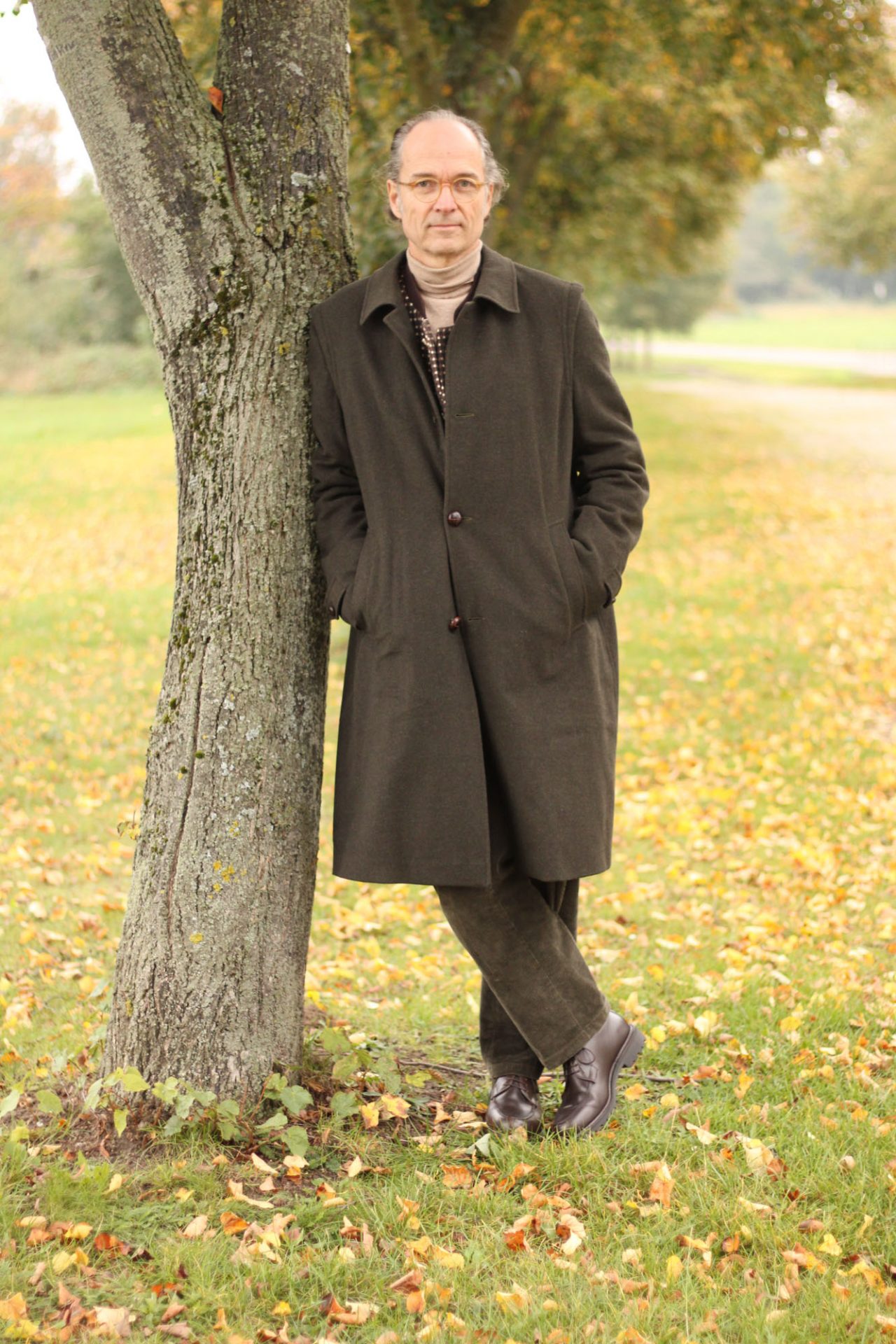
I also like the Norwegian because of the fit. Due to the cut of the shaft, it is usually slightly higher, which provides more space for the toes. This applies above all to Noweger, which are built on Hungarian or Viennese lasts. This is also the case with the Magnus, which also provides room for the somewhat stronger foot. But without looking clumsy or coarse. The model by László Budapest has a rather sporty look, but the silhouette is rather sleek overall. I myself was between two sizes, but decided on the larger of the two, the 8.5. I won’t be wearing this shoe in summer and therefore not with very thin knee socks. An important tip: when trying on shoes, it is very important to wear the socks that you will choose for the shoe in question. The difference between stockings made of fine wool or mercerized cotton and thicker wool stockings can be half a size. That’s why I always try shoes with two different socks.
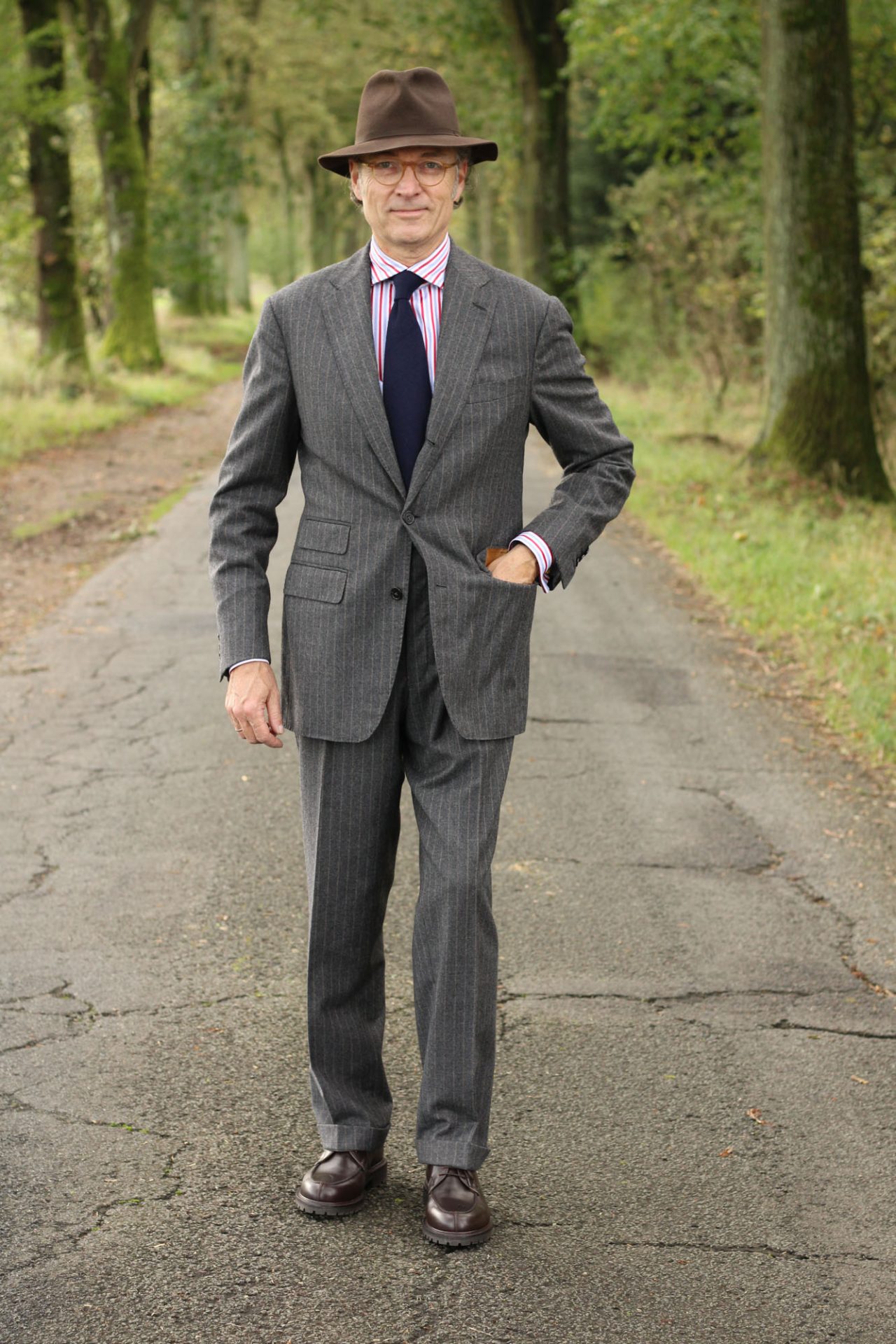
The Magnus is made from cowhide leather, the last has a width of G 1/2, which is described as a “normal, medium width”. Cowhide is generally the somewhat sportier alternative to calf and was therefore chosen for the Magnus, which is also worn in bad weather. What’s more, according to László Budapest, the leather is “hydrophobized”, which means that it has been “water-repellent treated” during the tanning process. Matching the cowhide leather and the use of the shoe in fall and winter, the Magnus is equipped with a rubber tread sole from the Skywalk brand. According to László Budapest, these soles are comparable to Vibram, they also come from Italy, but are a little less well known. In any case, they are also made of rubber, feel exactly the same and are indistinguishable from the better-known sole brand.
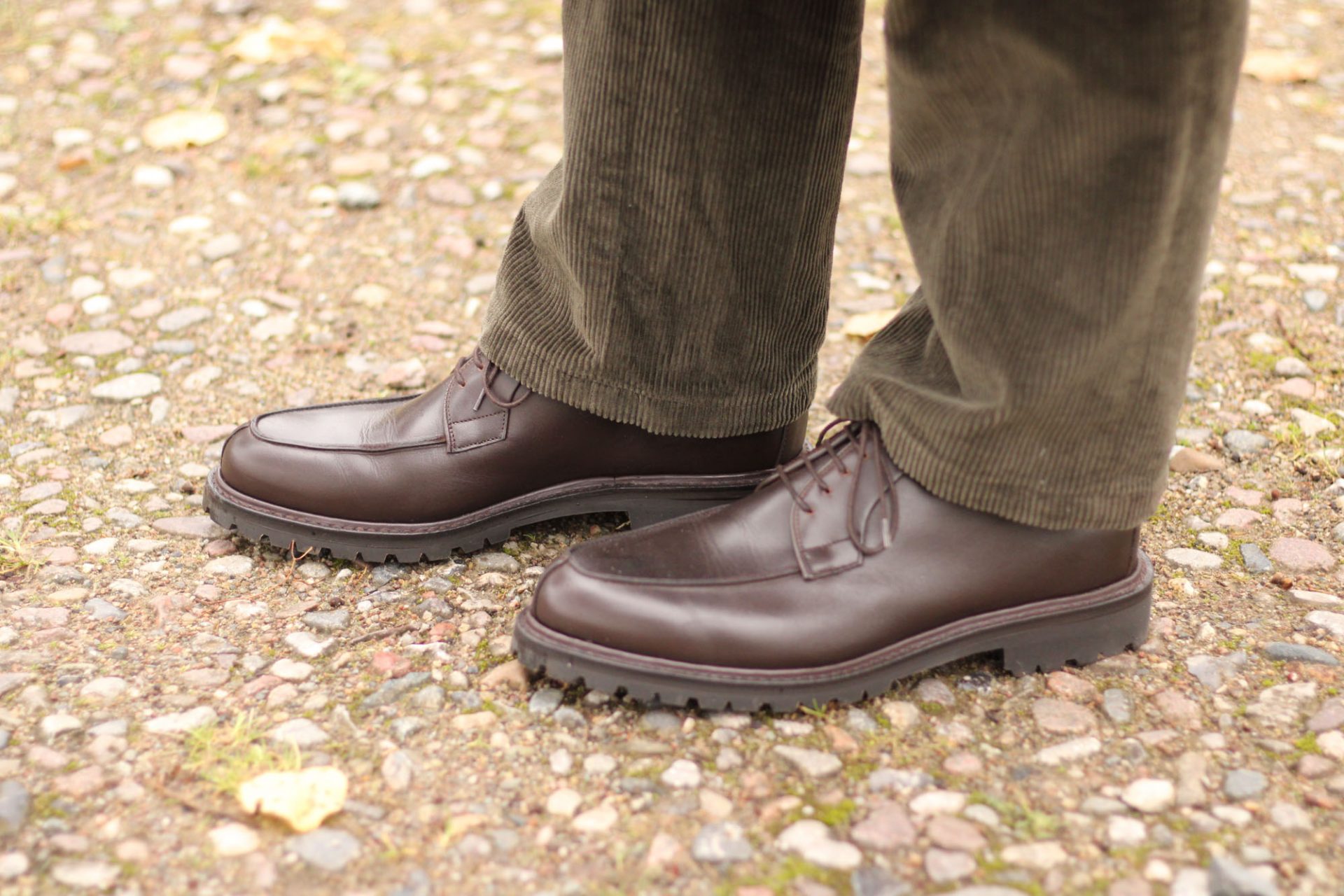
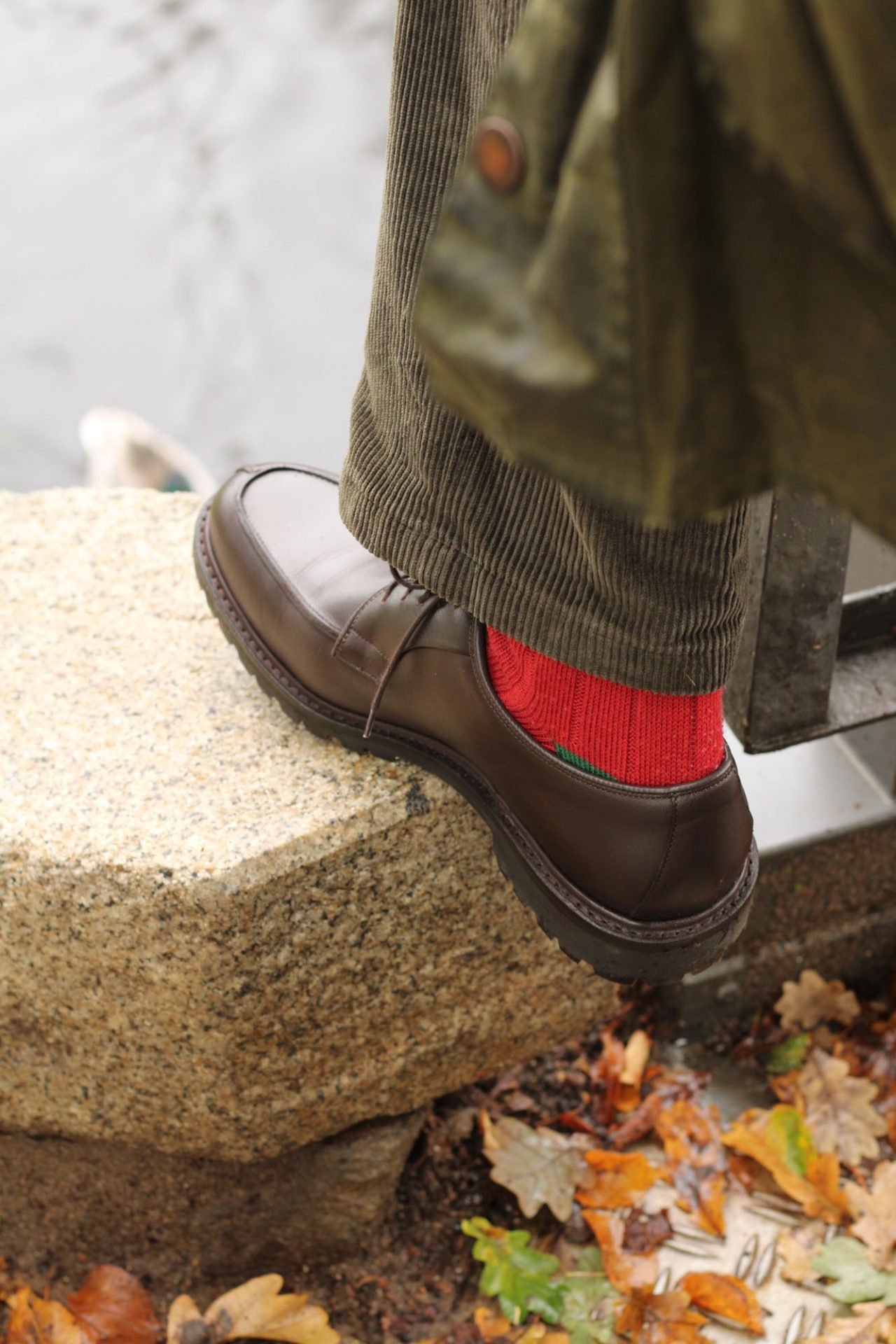

The Magnus is equipped with a stormwelt frame. This is a leather strip that is inserted between the frame and the upper. It protrudes beyond the frame and lies parallel to it on the shaft. The “stormwelt” is designed to prevent water from penetrating between the upper and the welt and is a typical detail on welted shoes for country or golf shoes. The frame runs completely around the shoe, which is also referred to as a 360-degree frame. It is typical for shoes in which a rubber sole with a heel is glued to a leather midsole that is doubled onto the frame. In shoes with leather soles, on the other hand, we usually find a welt that only runs around the front of the shoe and ends at the start of the heel. The heel, which consists of several layers of leather, is then nailed to the insole from the inside. Only a few manufacturers always use a 360-degree frame, e.g. Allen-Edmonds. They say that only with this construction does the cork balling also cushion the heel when stepping. Instead of the full-length cork encasement, other manufacturers insert a cushion at the heel, e.g. made of felt.
With the Magnus, it will be a very long time before I need to repair the sole, even if I wear the shoe a lot in the coming fall and winter seasons. I wear my shoes out very little, which may have something to do with my relatively low weight. Anyone who opts for the Magnus, and especially for a model with a leather sole, has access to a repair service. Under “Workshop” you will find a downloadable “Repair order”. Various orders can be found there, from sales to retreading. I think it’s very good that the prices are also listed, so the prospective buyer knows what repairs would cost later before buying.
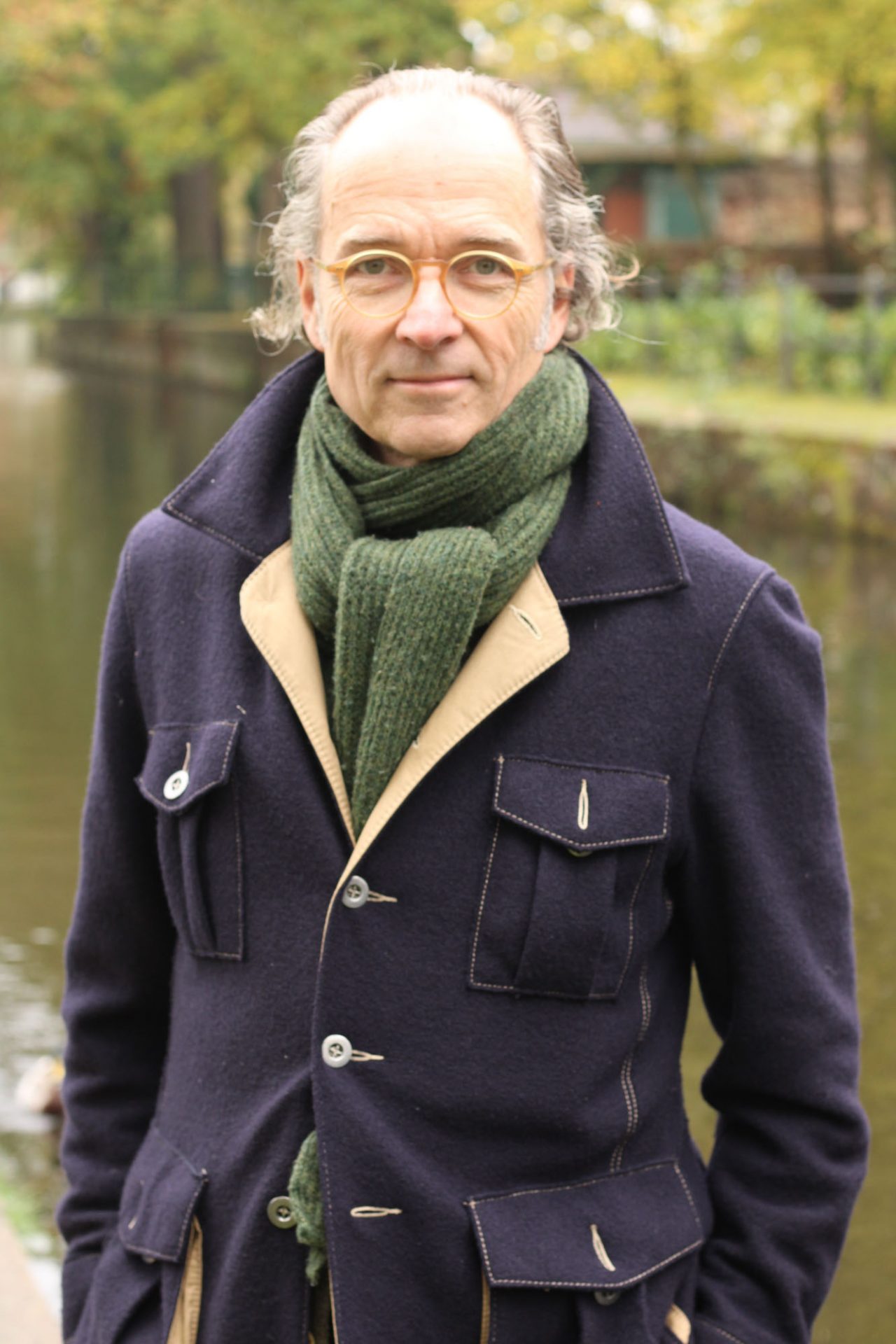
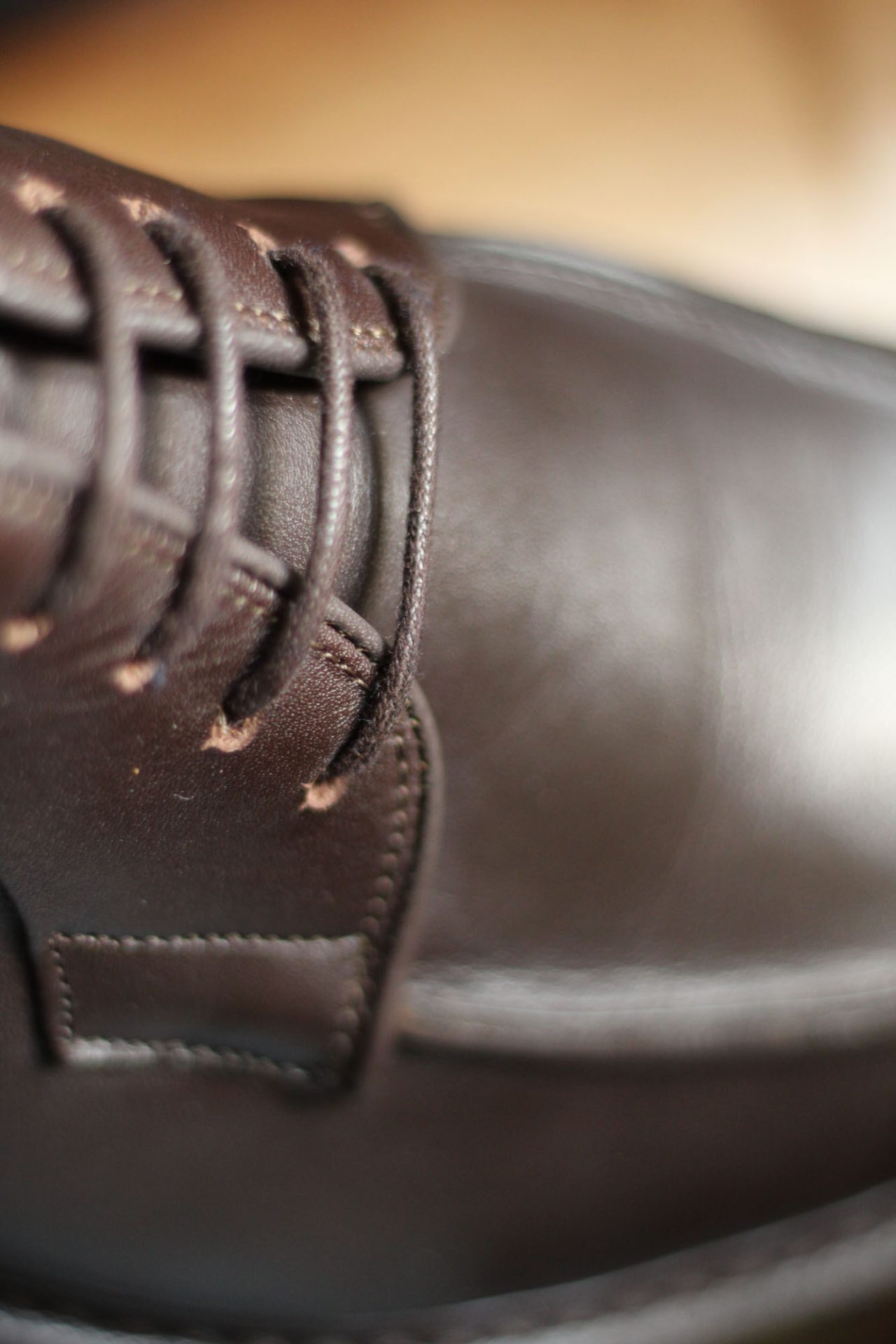
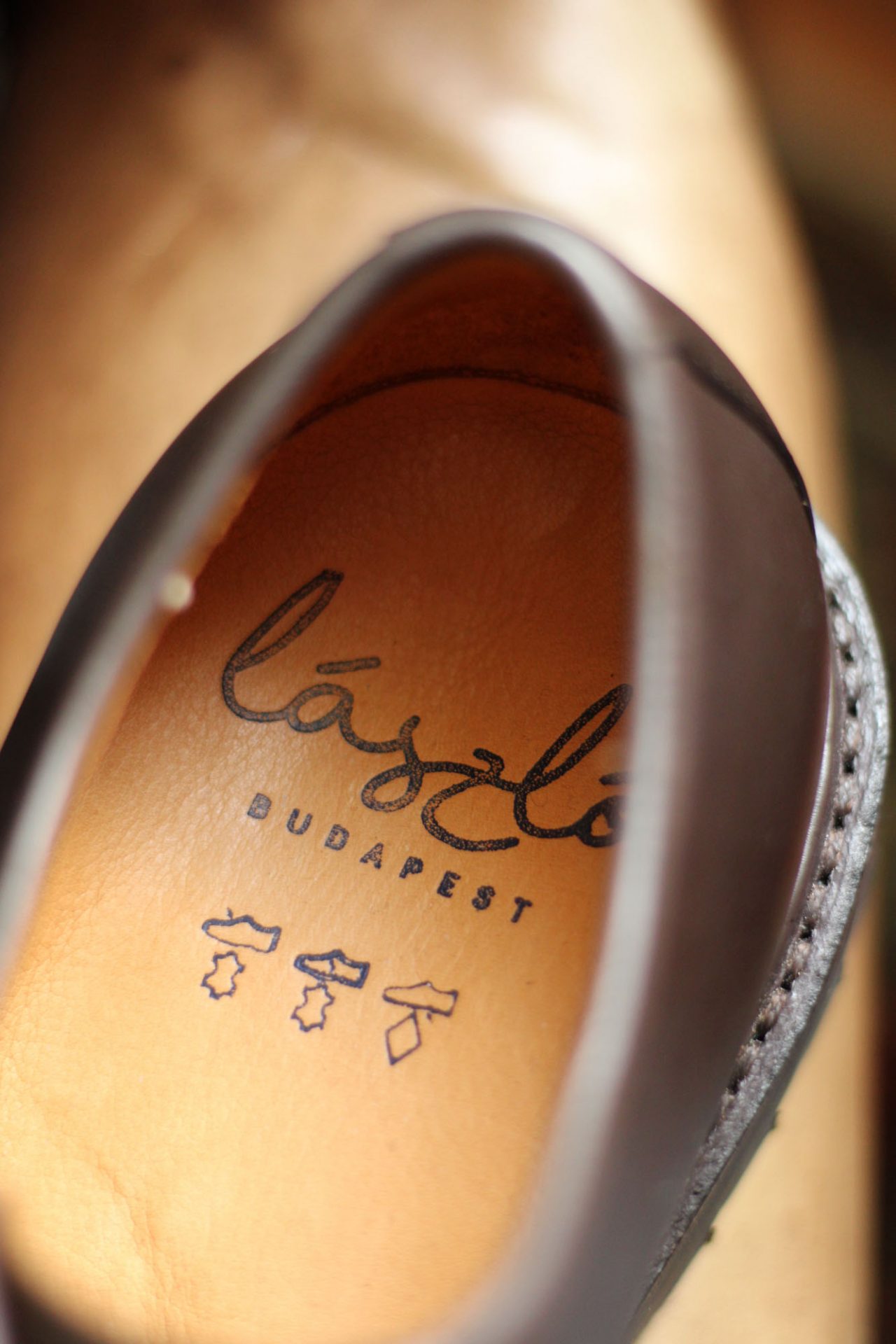
I’ve only worn the Magnus a little so far, for the photo shoots with three different outfits and on a few walks, so I won’t be able to give a final verdict on the fit for another two to three months. However, I had a good impression of the fit of the shoe when I tried it on. I find the description of the width as “normal” and “medium” to be accurate. I treated the shoe with wax paste before going out for the first time and then polished it with a horsehair brush. This type of shoe does not require a water-based polish. The cowhide leather has to be worn in for weeks, whereby the comfort increases a little with each use. I advise patience and caution in this phase, you should really only wear a new shoe for a short time at a time. It must then rest for one day before being used again. At a price of 379.00 euros, the Magnus is lower than comparable shoes made in England or Austria. I find the good accessibility of the manufacturer by telephone and post to be an advantage, which is particularly convenient for customers from Germany and Austria. Also with regard to shipping the shoes for repair. Despite its regional roots, Schwangau Schuh GmbH sells its shoes throughout Europe, and shipping to the EU is free of charge.
